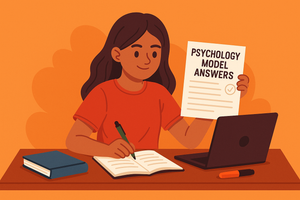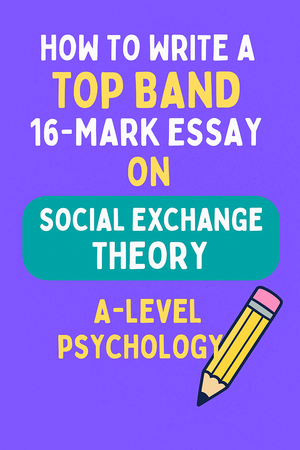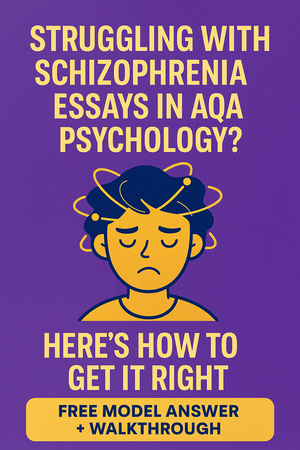Piaget's Theory and Stages of Cognitive Development: Understanding How Children Learn
Who Was Jean Piaget and What Is His Theory?
Jean Piaget was a Swiss psychologist renowned for his research on cognitive development in children. His theory, known as Piaget’s Theory of Cognitive Development, posits that children actively construct their understanding of the world through interaction and experience. His work emphasized that cognitive growth happens in four distinct stages, each characterized by different abilities and ways of thinking.
What Are the Four Stages of Piaget’s Cognitive Development Theory?
Piaget outlined four sequential stages that every child experiences as they develop cognitive abilities:
1. Sensorimotor Stage (Birth to 2 Years)
Key Characteristics:
-
Infants learn through their senses and motor actions.
-
Development of object permanence (understanding that objects continue to exist even when out of sight).
-
Basic coordination of sensory experiences with physical movements.
-
Experimentation and problem-solving through trial and error.
Real-World Example: A baby playing peek-a-boo initially believes the person disappears when covered but later learns they still exist.
2. Preoperational Stage (2 to 7 Years)
Key Characteristics:
-
Rapid language development and use of symbols (words and images) to represent objects.
-
Egocentrism: Difficulty understanding perspectives different from their own.
-
Development of imaginative play but struggles with logical reasoning.
-
Lack of conservation: Difficulty understanding that quantity remains the same despite changes in shape or appearance.
Real-World Example: A child pouring water into different-shaped glasses may think the taller glass has more water, even though both hold the same amount.
3. Concrete Operational Stage (7 to 11 Years)
Key Characteristics:
-
Begins thinking logically about concrete events.
-
Gains an understanding of conservation, classification, and reversibility.
-
Becomes less egocentric, understanding others’ perspectives.
-
Can solve problems that involve tangible, hands-on experiences.
Real-World Example: A child now understands that if you pour juice from a tall glass into a short, wide one, the amount remains the same.
4. Formal Operational Stage (12 Years and Up)
Key Characteristics:
-
Abstract thinking develops, allowing for hypothetical and deductive reasoning.
-
Can understand concepts like morality, politics, and philosophy.
-
Ability to form hypotheses and systematically test them.
-
Improves problem-solving and critical thinking skills.
Real-World Example: Teenagers can contemplate abstract ideas, such as the concept of justice, and discuss hypothetical scenarios.
How Does Piaget’s Theory Explain the Stages of Play?
Piaget linked cognitive development with play, explaining how children learn through interaction:
-
Practice Play (Sensorimotor Stage) – Repetitive activities like shaking a rattle to learn cause and effect.
-
Symbolic Play (Preoperational Stage) – Role-playing and imagination-based play (e.g., playing ‘house’).
-
Games with Rules (Concrete Operational Stage) – Board games and sports that require logical thinking and following rules.
Application of Piaget’s Theory in Education
Piaget’s work has significantly influenced teaching strategies and educational practices:
-
Active Learning: Encouraging hands-on, experiential learning rather than passive memorization.
-
Stage-Appropriate Teaching: Aligning teaching methods with children’s cognitive abilities at each stage.
-
Peer Learning: Allowing children to work in groups to develop logical reasoning and problem-solving skills.
Criticism and Comparison: Piaget vs. Vygotsky
Limitations of Piaget’s Theory
-
Underestimated Children’s Abilities: Research suggests children can perform certain tasks earlier than Piaget proposed.
-
Overemphasis on Stages: Some cognitive abilities may develop gradually rather than in distinct stages.
-
Cultural Differences Ignored: Cognitive development may vary based on social and cultural factors.
Comparison with Vygotsky’s Theory of Cognitive Development
Vygotsky emphasized the role of social interaction and culture in learning, proposing that cognitive development is shaped by guidance from more knowledgeable individuals (e.g., teachers and parents). Unlike Piaget, who saw development as self-directed, Vygotsky argued that children learn best through scaffolding and collaborative learning.
Frequently Asked Questions (FAQs)
What Are the Four Stages of Piaget’s Cognitive Development?
The four stages are sensorimotor (birth-2 years), preoperational (2-7 years), concrete operational (7-11 years), and formal operational (12+ years).
What Is Piaget’s Theory of Cognitive Development?
It is a theory explaining how children construct knowledge through active learning, progressing through four developmental stages.
What Are Some Applications of Piaget’s Theory?
Piaget’s theory influences education, parenting, and developmental psychology, shaping how children’s learning is structured.
How Does Piaget’s Theory Relate to Play?
Children learn through different types of play that correspond to their cognitive stage, from simple exploration to structured games with rules.
Conclusion
Jean Piaget’s Theory of Cognitive Development remains a cornerstone in psychology and education, providing a framework for understanding how children think, learn, and grow. By recognizing these stages, educators, parents, and psychologists can create better learning environments and tailored teaching strategies that support cognitive development.




